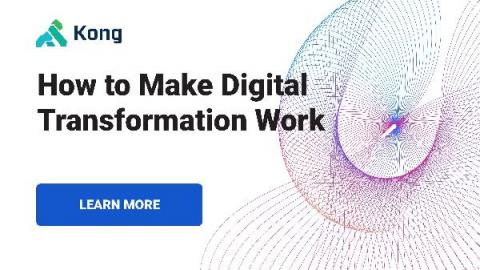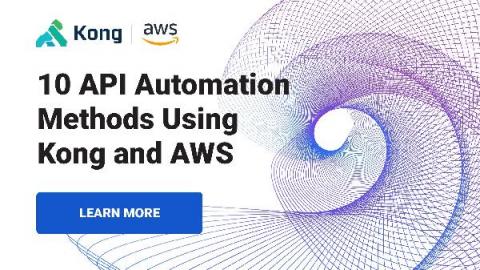How to Leverage Insomnia as a GraphQL Client
Here at Kong, we’re advocates for architecting your application as a group of microservices . In this design style, individual services are responsible for handling one aspect of your application, and they communicate with other services within your network to share data. Systems like Kubernetes or the Kuma service mesh help orchestrate traffic and manage network policies so that your microservices can function together as a unified whole.











